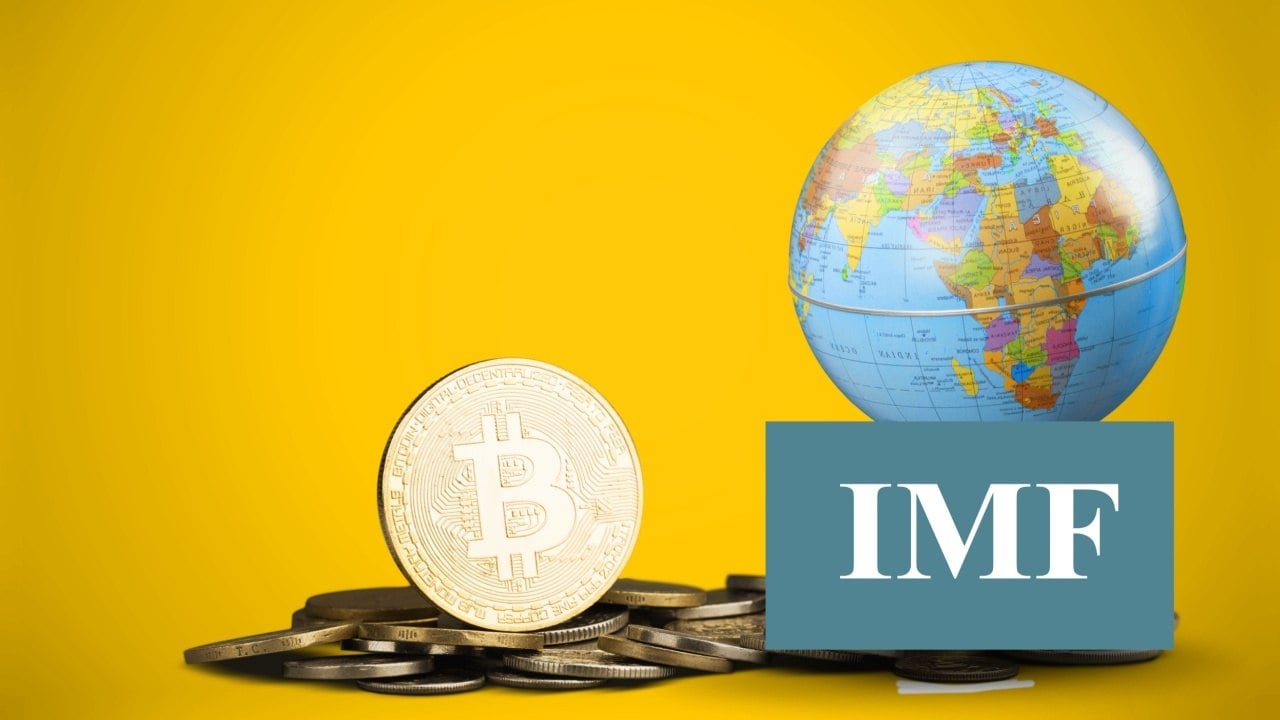On March 20, 2025, the International Monetary Fund (IMF) made a groundbreaking move by integrating cryptocurrencies into its global economic framework through the release of the Balance of Payments and International Investment Position Manual, Seventh Edition (BPM7). This IMF crypto integration marks the first time the IMF has provided detailed guidance on digital assets, reflecting their rising influence on the world economy. By incorporating crypto into the Balance of Payments (BoP), the IMF aims to standardize how nations track these assets, offering a clearer view of their crypto economic impact 2025.

The Significance of the BPM7 Update
The BoP is a vital tool for countries to monitor cross-border flows of goods, services, and capital. With cryptocurrencies like Bitcoin (BTC) and Ethereum (ETH) reshaping global finance, the absence of clear guidelines has posed challenges for regulators and statisticians. The BPM7, developed through consultation with over 160 countries, addresses this gap by classifying digital assets within a standardized framework. According to the IMF, this update responds to “significant changes in the global economy, including digitalization and the rise of crypto assets,” aiming to enhance transparency and cross-country comparability (CryptoSlate, 2025).
How Crypto Is Classified in BPM7
The BPM7 categorizes cryptocurrencies based on their economic nature. Decentralized assets like Bitcoin, which lack a corresponding liability, are classified as non-produced, non-financial assets, akin to natural resources or intellectual property, and recorded in the capital account. In contrast, tokenized assets, such as equity-like tokens, are treated as financial assets, similar to stocks, while stablecoins, backed by liabilities, are categorized as financial instruments in the financial account. This distinction ensures that BPM7 crypto standards reflect the diverse roles of digital assets in the economy.
The manual also addresses crypto activities like staking, where users earn rewards for supporting blockchain networks. Staking income is now recorded as a service transaction in the current account, recognizing it as an economic activity rather than a passive investment. Additionally, transactions involving mining or staking are treated as the production of services, contributing to computer services exports and imports, further integrating crypto into national accounts.
Implications for Governments and the Crypto Sector

For governments, the global crypto reporting framework offers a better understanding of digital asset flows. Nations with high crypto adoption, like El Salvador, can now track related transactions more effectively, aiding in policy formulation and financial oversight. However, implementation may vary, with developing countries potentially facing challenges due to limited statistical infrastructure, while crypto-friendly jurisdictions might leverage this to legitimize their ecosystems (CryptoSlate, 2025).
The update also boosts the crypto industry’s credibility. By recognizing digital assets in a globally accepted framework, the IMF signals their permanence, which could spur institutional adoption. Analysts suggest this might accelerate central bank digital currency (CBDC) development, as over 100 countries explore CBDCs (Bitcoin Ethereum News, 2025).
Challenges Ahead
Despite the progress, challenges remain. Critics argue that classifying volatile assets like Bitcoin as non-financial oversimplifies their economic role. The decentralized nature of crypto, especially privacy coins like Monero (XMR), may hinder accurate data collection. Additionally, stricter oversight could lead to tensions with the crypto community’s emphasis on financial autonomy, potentially sparking debates over taxation and regulation.
Conclusion
The IMF’s integration of crypto into the BoP via BPM7 is a landmark step toward mainstream acceptance of digital assets. As countries adopt these BPM7 crypto standards, the global economy will gain deeper insights into crypto’s role, potentially reshaping international finance. This development underscores crypto’s transformative potential, making it a critical area to watch in 2025 and beyond.

